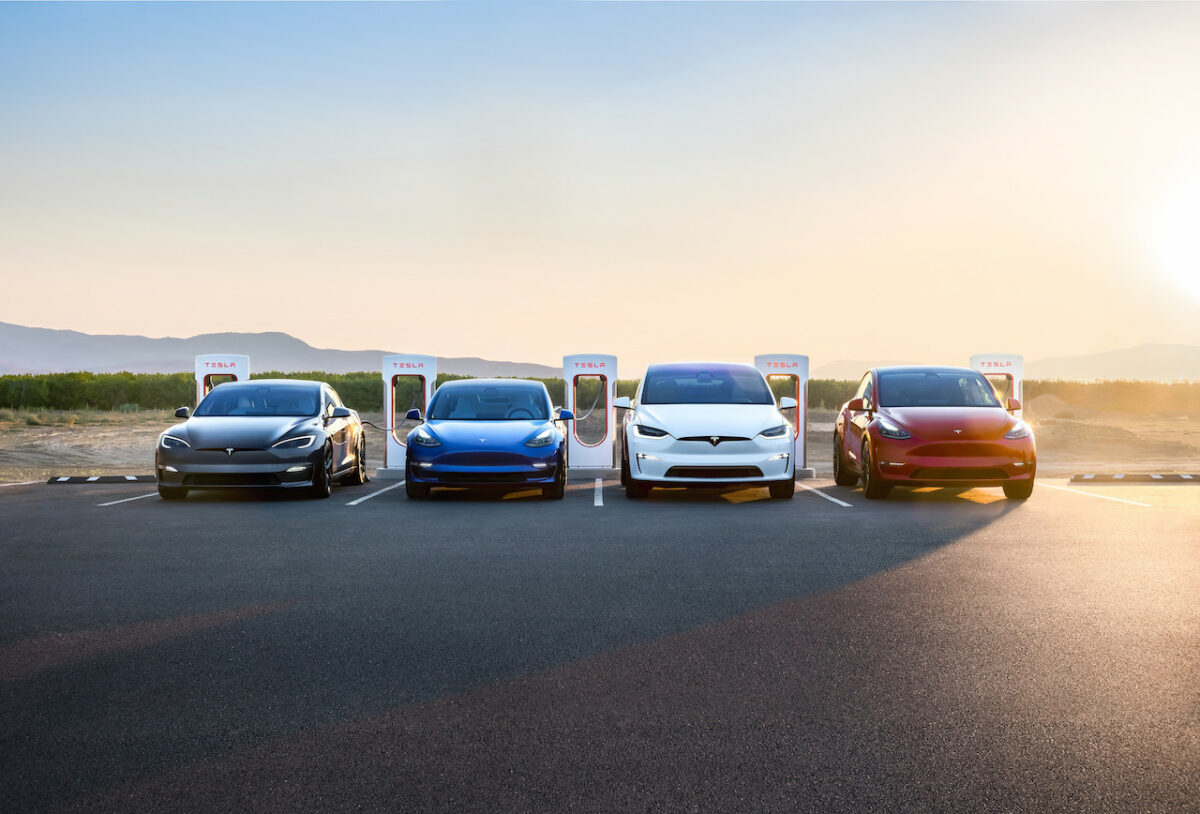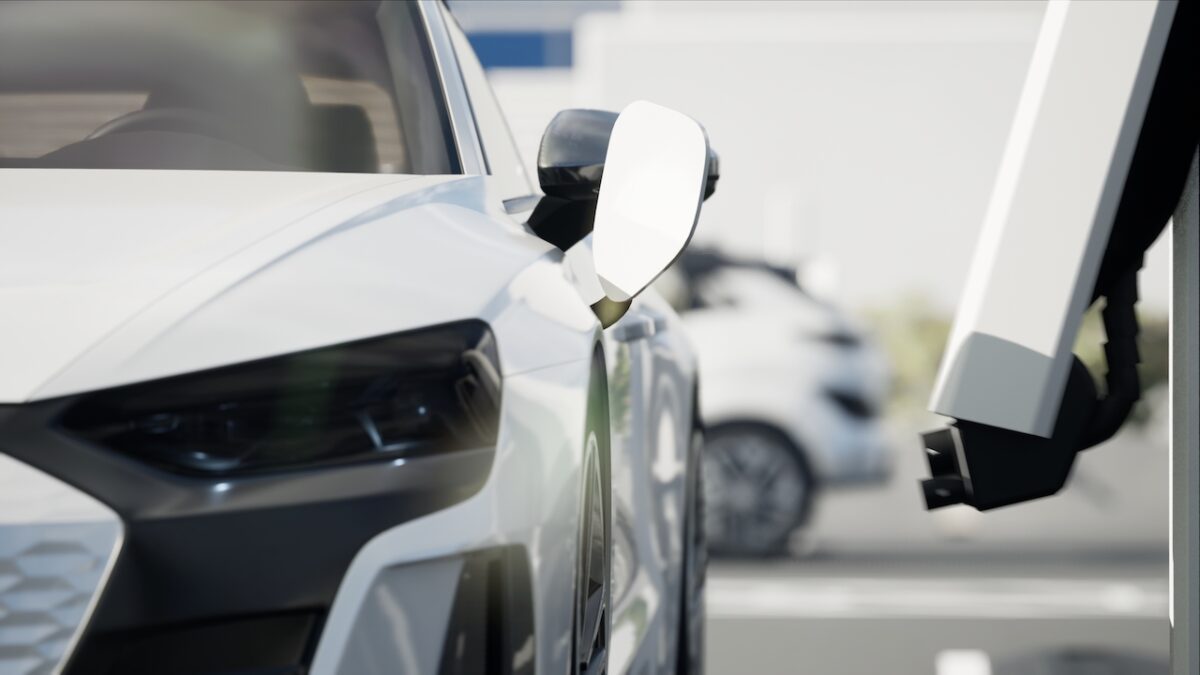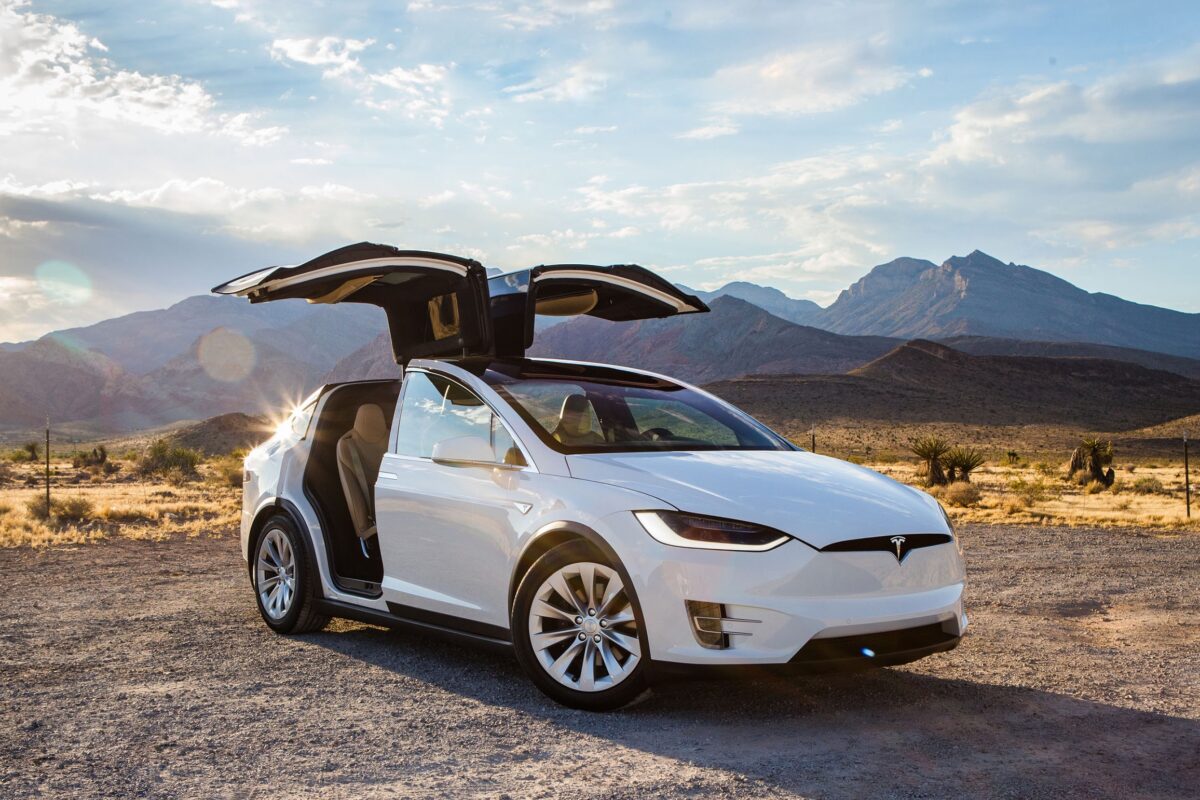From electrification to hydrogen fuel cells, the automotive industry is investing heavily in a range of technologies to reduce emissions and address air quality concerns. But there’s more than one way to go about cleaning up its footprint. A number of players are focussing not on the vehicles themselves but on the way in which individuals use their vehicles.
Interest in shared mobility schemes has been growing rapidly over the years, providing an alternative to private ownership and public transport. Users of car-sharing, ride-hailing and carpooling are often attracted by the schemes’ affordability and convenience, but there’s an environmental bonus as well. Most people recognise that any time you put more people into one vehicle, it cuts overall emissions. But by how much?
Building up the numbers
That depends on several factors, including how many people use shared mobility. BlaBlaCar has watched this segment closely over the past 15 years. Last year, as its carpooling community topped 70 million people across 22 countries, it decided to investigate just how big an environmental impact it is making. “We thought it would be great to validate something we never have before,” Nicolas Brusson, BlaBlaCar’s Chief Executive and co-founder, told M:bility. “Intuitively we always knew putting more people in cars had to be good, but we never put some real numbers behind that.”
BlaBlaCar brokers long-distance carpooling. Drivers offer a seat in their car, typically when they travel between cities. The average journey ranges from 200 to 300 kilometres. In 2017 it added the BlaBlaLines app, specifically targeting shorter journeys like the daily commute. “The Holy Grail of carpooling is really around commuting,” said Brusson. “That’s where the biggest problems are in terms of traffic, CO2 emissions and people driving alone.”
A number of players are focussing not on the vehicles themselves but on the way in which individuals use their vehicles
In the company’s home market of France, 13.5 million people drive to and from work every day, but the average car occupancy on these trips is just 1.08 persons. The number of carpooling users remains relatively small, but the long-term potential could be big. Commuting lengths are increasing as more individuals move to the suburbs. A recent study showed that in the city of Paris, the length of the average car commute has tripled over the past 40 years. If every car could double the number of passengers, the region could halve its emissions.
The CO2 findings
Today, cars are responsible for around 12% of total European Union (EU) CO2 emissions. “The car is one of the biggest levers we have in terms of reducing CO2 emissions from transport,” said Brusson. “At the end of the day, we can crack this by making the car more sharable.”
In order to pinpoint exactly how much CO2 is saved each year by its carpooling community, BlaBlaCar teamed up with the research consultancy Le BIPE. The partners analysed real usage data from 6,884 BlaBlaCar members across eight countries over 12 months. For 2018, they found that the carpooling community saved 1.6 million tonnes of CO2. That’s equivalent to the amount of CO2 absorbed in a year by a forest the size of 5,000 football pitches or six months of traffic in Berlin.
Intuitively we always knew putting more people in cars had to be good, but we never put some real numbers behind that
And this is just the beginning. The savings will grow in line with shared mobility. By 2023, BlaBlaCar estimates that its users could be saving 6.4 million tonnes of CO2 every year.
“One of the drivers for us to do the study was to really understand the different levers at work and have a genuine CO2 study on the network,” explained Brusson. Like most objective studies, this one uncovered both pros and cons from the rise of the carpooling scheme. On the plus side, most users would have taken their own car for a specific journey if they didn’t share on BlaBlaCar. However, some may not have travelled at all. One concern is that making low-cost travel more freely available will create more demand, and hence encourage more car journeys. “The truth is, we also have some negative impacts,” conceded Brusson. “These are well offset by the positive one, which is people not travelling in their own car.”
Regulatory environment
EU regulators are well aware of the impact transport emissions have on global warming and air quality, and have laid out tough targets for light vehicles in the years ahead. For example, by 2021 automakers need to reduce their fleet average CO2 by 40% compared to 2007 levels. While the regulatory environment has focussed on vehicle emissions, it has largely overlooked vehicle use.
“The key will be to create a regulatory environment that promotes shared mobility, whether that is through tax relief or carpool lanes,” Brusson suggested. “There are many ideas around this but they are not very well coordinated. We have had discussions in France but it varies country by country, sometimes even region by region.”
The Holy Grail of carpooling is really around commuting. That’s where the biggest problems are in terms of traffic, CO2 emissions and people driving alone
Some regulatory approaches towards emissions have provoked heated protests. In Paris, the ‘gilets jaunes’ movement has been particularly active in protesting the steep rise in diesel taxes. Blanket punitive regulations like this may not be the most effective means of encouraging multiple occupancy. “Doing it this way will not result in a solution any time soon,” said Brusson. “You will only provoke a very adverse reaction from people who rely on their car. Look what happened when they wanted to increase diesel prices—you get a revolution. On the flip side, how about giving an incentive to share?”
Brusson is hopeful that Europe will emerge at the forefront of carpooling. To start with, interest in shared mobility on the Continent has been strong. At the same time, it represents a more compact region, making it easier to match commuters than in a vast market like the US. “Europe should lead the change,” he urged.
Future iterations
BlaBlaCar is looking to incorporate more environmental aspects into its service, such as a loyalty programme offering discounts based on usage levels. “It is almost like the business needs are aligned with the environmental needs to some extent,” he noted. “The more drivers share, the better it is for us as a growing business and the better it is for the environment.” The team is also exploring ways to incentivise electric vehicle usage, though Brusson cautions that the model for this may prove more complex: “In this area, I think we’re more in the territory of communication and education than in a specific economic reward.”
The truth is, we also have some negative impacts. These are well offset by the positive one, which is people not travelling in their own car
For this year, the company is looking specifically at integrated mobility and combining a marketplace of buses with a marketplace of cars. “We want to bring in buses, which to some extent also represent shared road travel,” he pointed out. “It’s BlaBlaCar and BlaBlaBus.”
Environmental awareness
Awareness levels around the environmental implications for shared mobility may be low at the moment but they are growing. It’s a topic that arises frequently at the French and German focus groups conducted by BlaBlaCar. “It is not exactly a trigger for carpooling—very few people would say I joined BlaBlaCar because of my concerns about the environment,” said Brusson. “But people are starting to recognise that side of the equation. A few years ago, the focus groups would barely mention the environment. They would highlight how the scheme is good economically and its convenience. Now a few are starting to say how it’s also great for the environment.”
Ironically, that heightened awareness may stem in part from the shift away from environmental awareness in the US. “The issue is in the news more frequently now, and it’s more polarised. In the US you have Donald Trump saying he does not believe in global warming. But to some extent the fact that it is more polarised today is good from a consumer education standpoint, because it’s talked about.”
People in the carpooling community are reacting to such reports on social media, ‘liking’ and sharing comments more regularly on the topic than ever before. “People are more sensitive to this than they were, and especially those who share their car,” he added.
This article appeared in the Q3 2019 issue of M:bility | Magazine. Follow this link to download the full issue.



